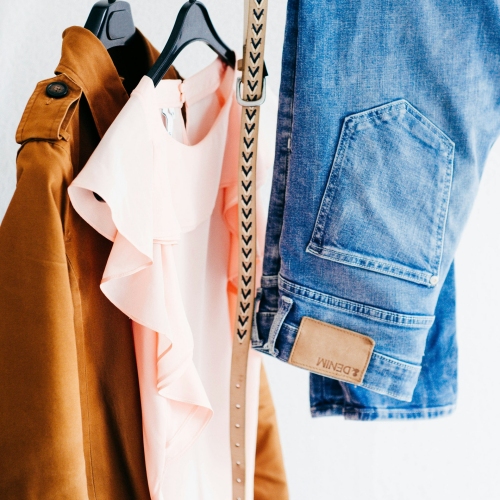A secondhand clothing business involves buying, selling, or trading pre-owned clothing items. These businesses typically acquire clothing through various means, such as purchasing from individuals, charity and thrift stores, or wholesalers. Once acquired, the clothing is typically sorted, cleaned, and inspected for quality before being resold to customers what is not sold can be repurposed into items such as bags or recycled.
We broadly categorise it into four categories in SA:
- Entry level
- Branded
- Vintage
- High fashion
The entry-level buying and selling of secondhand clothing to lower income consumers often with no regard for the brand is one of the most profitable small businesses with low startup costs and high margins with quick turnaround providing you can get a steady supply of quality but cheap used clothing and can find an appropriate place to sell it.
The branded secondhand is often traded via markets, classifieds and mobile marketplace apps.
In recent years we have seen an increase in "vintage" traders buying from charity shops (where people donate their clothing to) and reselling at much larger markups on websites.
Then on the top end we have the "preloved" high fashion brands where people buy and sell expensive labels often times via either a website or a boutique.
Selling
The clothng sourced from individuals are usually sold from home, markets or classified websites or apps. The "preloved" and "vintage" on the other hand is the premium or differentiation strategy of the secondhand clothing industry, this is people paying a premium for unique clothing or good quality clothing, for whatever reason: they have unique fashion sense and they want to look different, they prefer preloved because they don’t like the environmental effects of the textile industry or they want quality clothing at a good price – a good price and not cheap. However this business requires you to have a "eye" for fashion and a "feel" for what will sell in this cagetory. We have seen preloved and vintage boutiques pop up in recent years where you can sell your clothing on consignment.
Business Model
There are three main sources of clothing: individuals, importers (usually bales) and charity and "thrift" shops.
When sourcing you will usually buy using the following parameters:
- Per item
- Per kg
- Per black bag
- Per bale
- Branded or offbranded
- May or may not include shoes or even toys.
The buying and selling from individuals is either done from home or a muinicipal market and is usually targeted at the lower income. And you usully have people buying by the "bag" (often referring to refuse or "black bags").
Importers import clothing discarded from wealthy countries and resell it in poorer countries where there is demand. This business has its controversies as some claim it impacts the local industry. But is still widely practiced. It is often sold by the bale, by weight and often they will give an estimate of what is inside. This challen usually produces a lot of branded "fast" fashion. And after its been sorted some can sometimes be resold on channels such as Yaga.
Charity and thift shops have become a popular source of vintage clothing in recent years. This is because as clothing is often donated by wealthier individuals or by their estate in support of whatever cause the shop supports (hungry children, animals, etc.).

